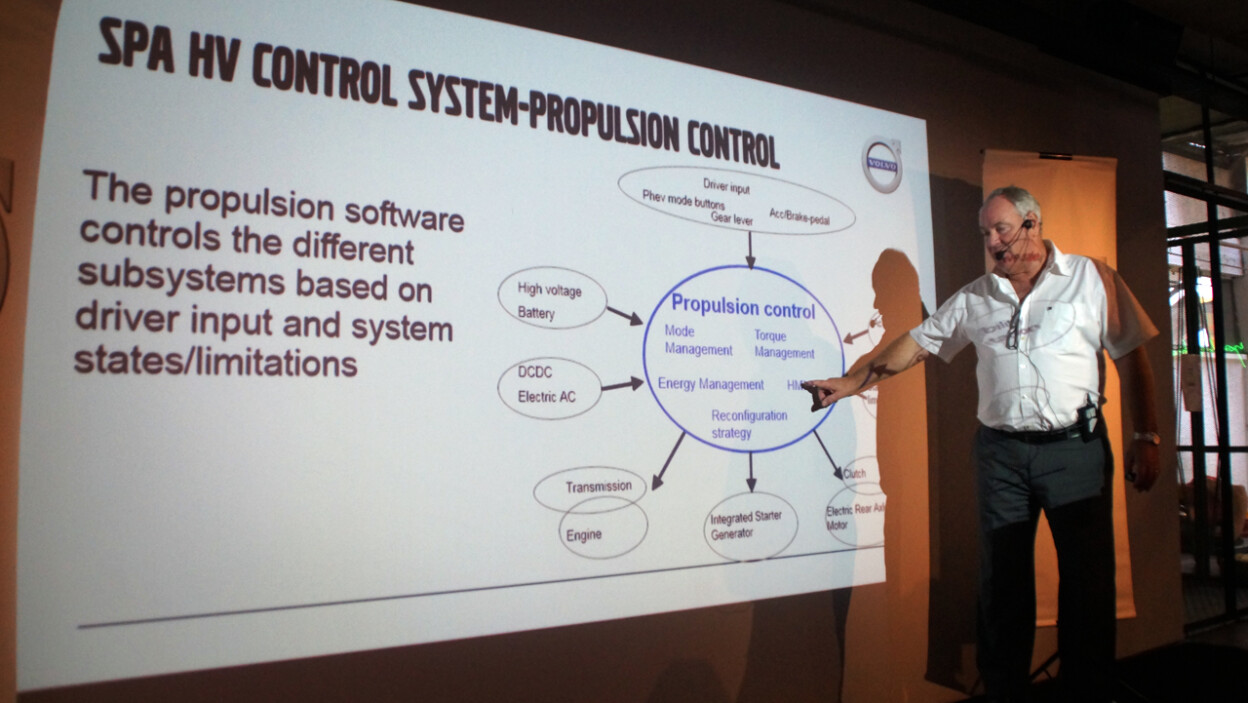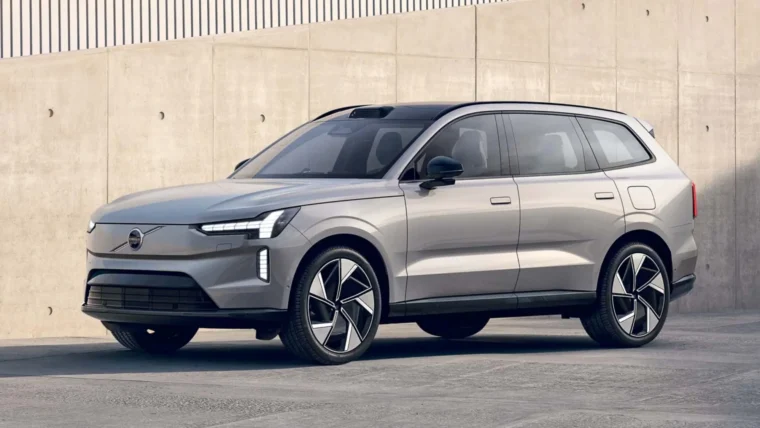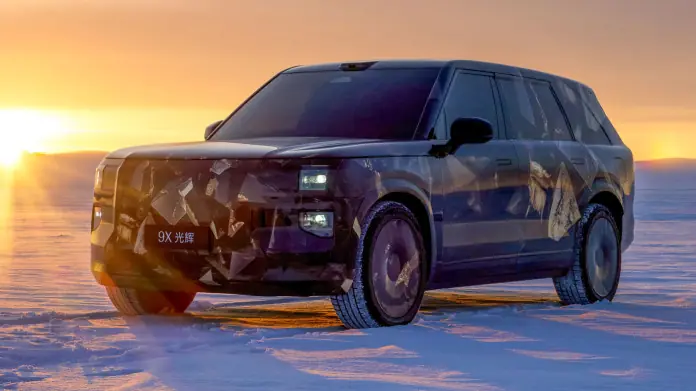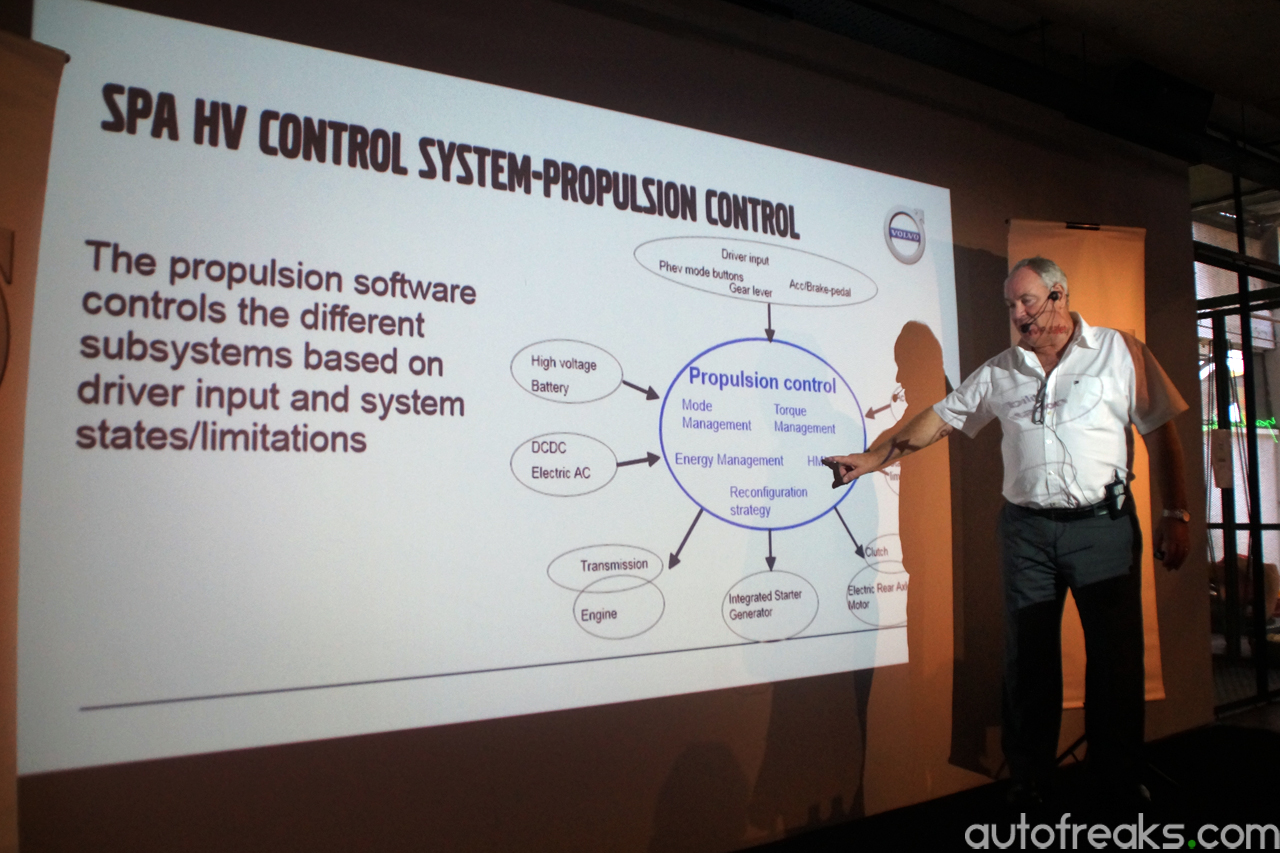
It comes as no surprise that fossil fuels will eventually deplete one day, which spells bad news for internal combustion engines.
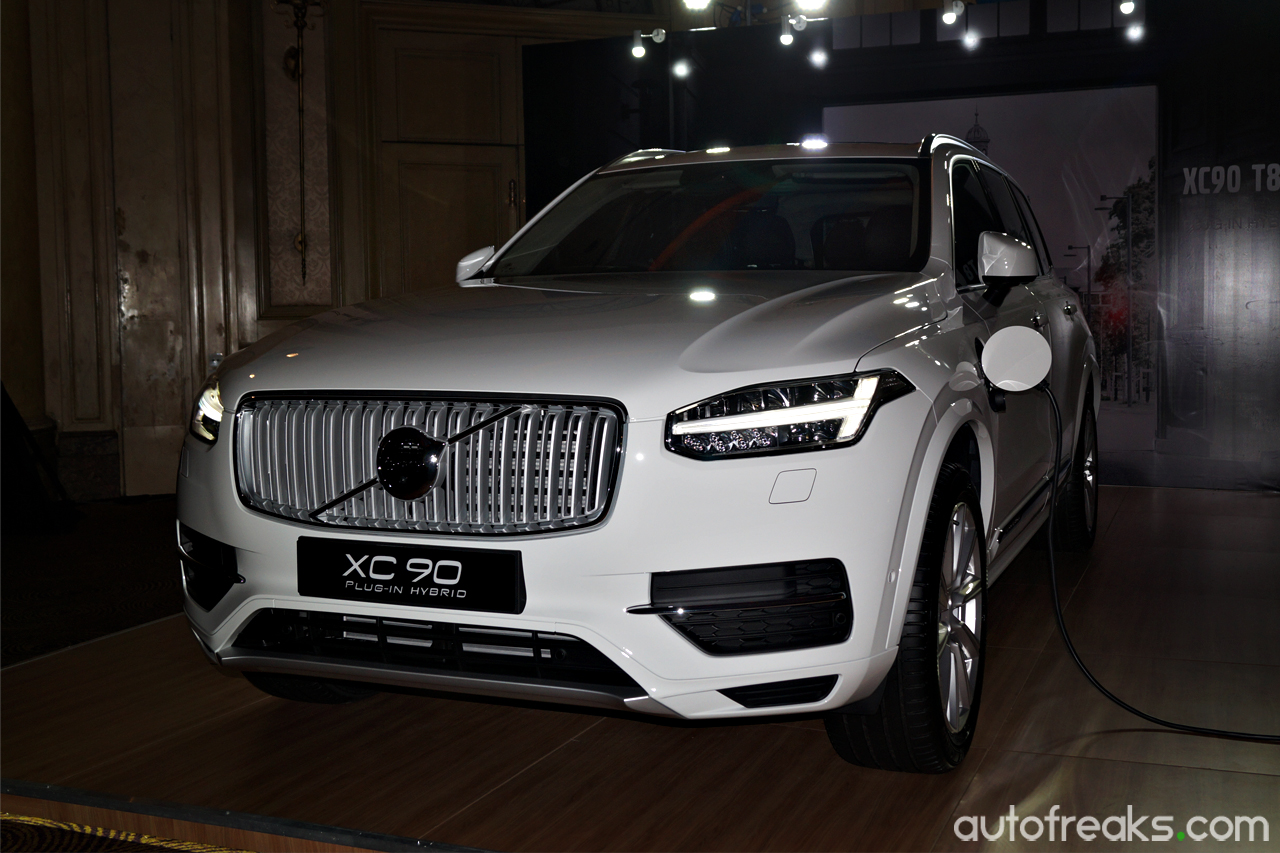
Enter electrification. Volvo is keen to point out that electrification is the right way forwards, as electrifying a vehicle will improve overall vehicle efficiency plus reduce overall pollution that is emitted into the atmosphere. Reducing overall pollution is very critical, as various legislation worldwide gets increasingly strict with each passing year.
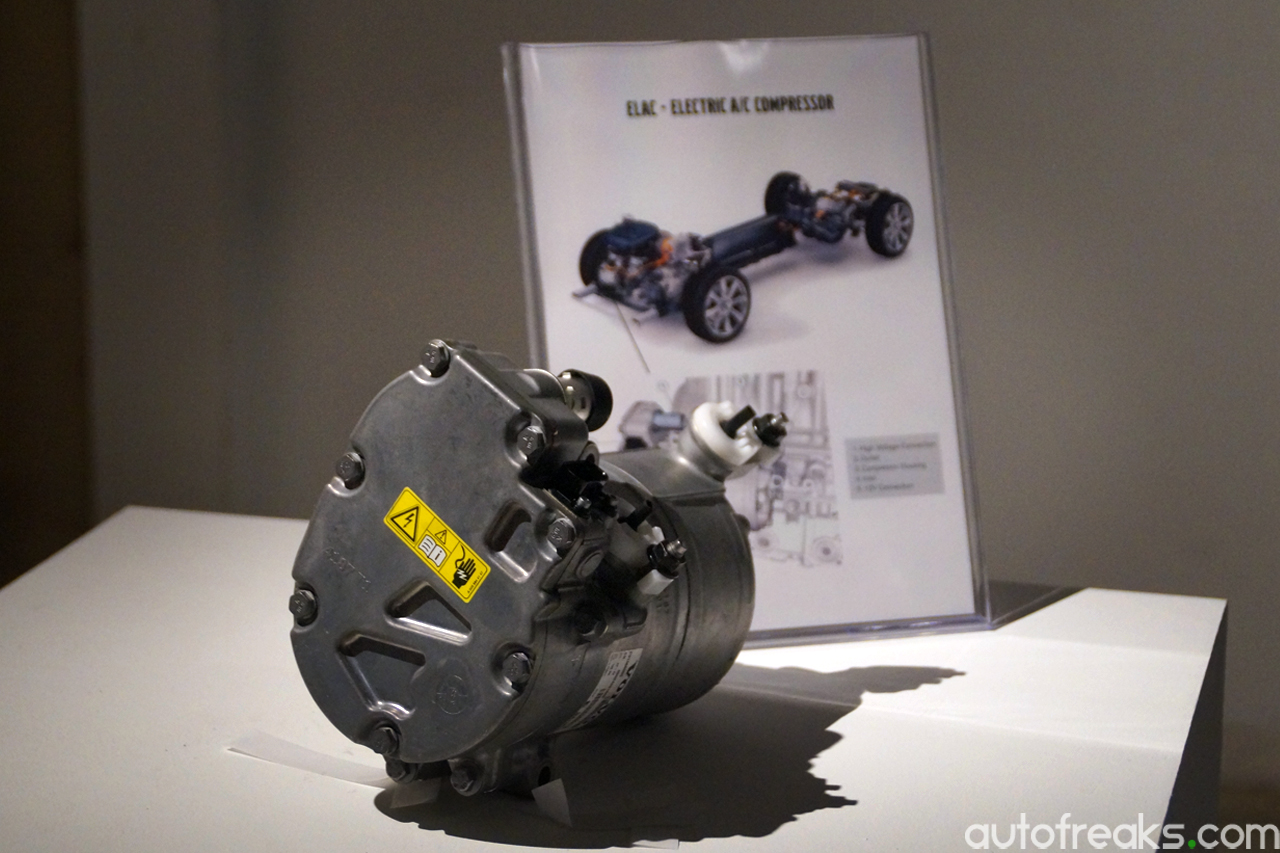
A couple of years ago, Volvo toyed with the idea of electrifying their vehicles, resulting in the production of the Volvo C30 Electric. This model, though limited to just 500 unit in limited markets. Although the Volvo C30 Electric was an early electric vehicle, it boasted a 163 km thanks to its 24 kWh battery pack.
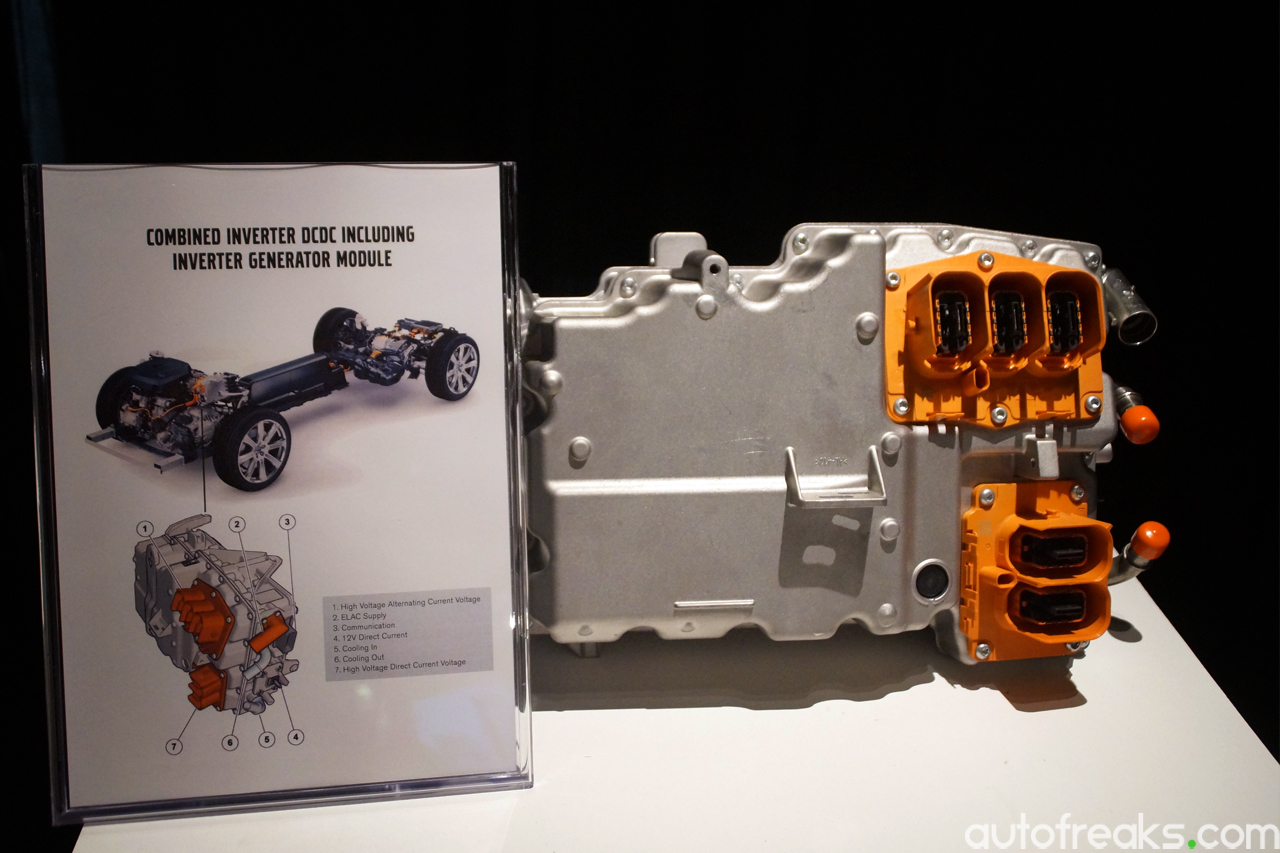
At the moment, Volvo showcases electrification best is the XC90 T8, which combines a regular internal combustion engine with electric power, allowing for a total system output of ~407 hp and 640 Nm. With that, Volvo is quick to point out that the XC90 T8 is in fact three cars in one, which combines Pure, Hybrid and Power.
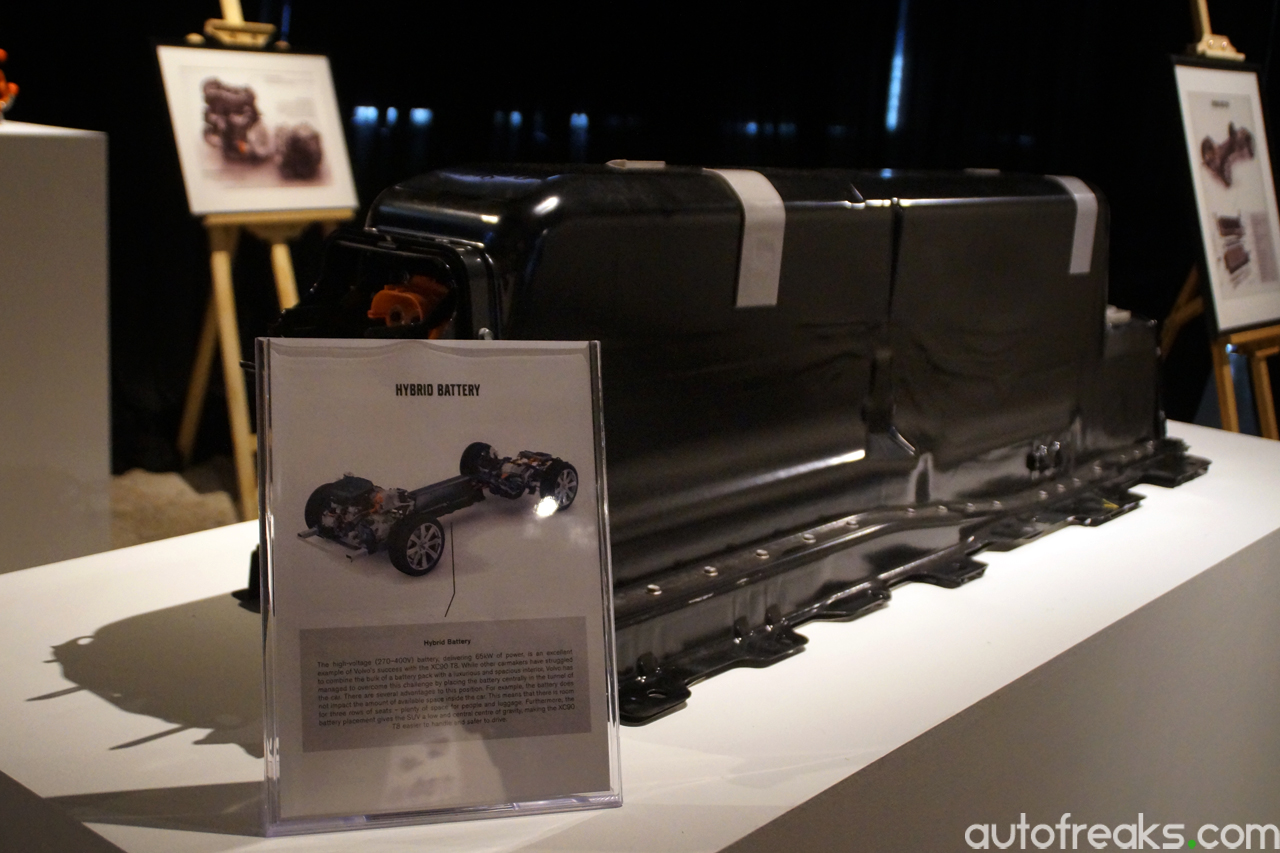
Thanks to the knowledge gained from the C30 Electric, Volvo positioned the battery pack in the centre tunnel of the vehicle, allowing for optimal safety yet without compromising on safety. In fact, interior space and flexibility remains class-leading. In fact, the Volvo XC90 T8 is the Plug-in Hybrid Electric Vehicle (PHEV) in its segment.
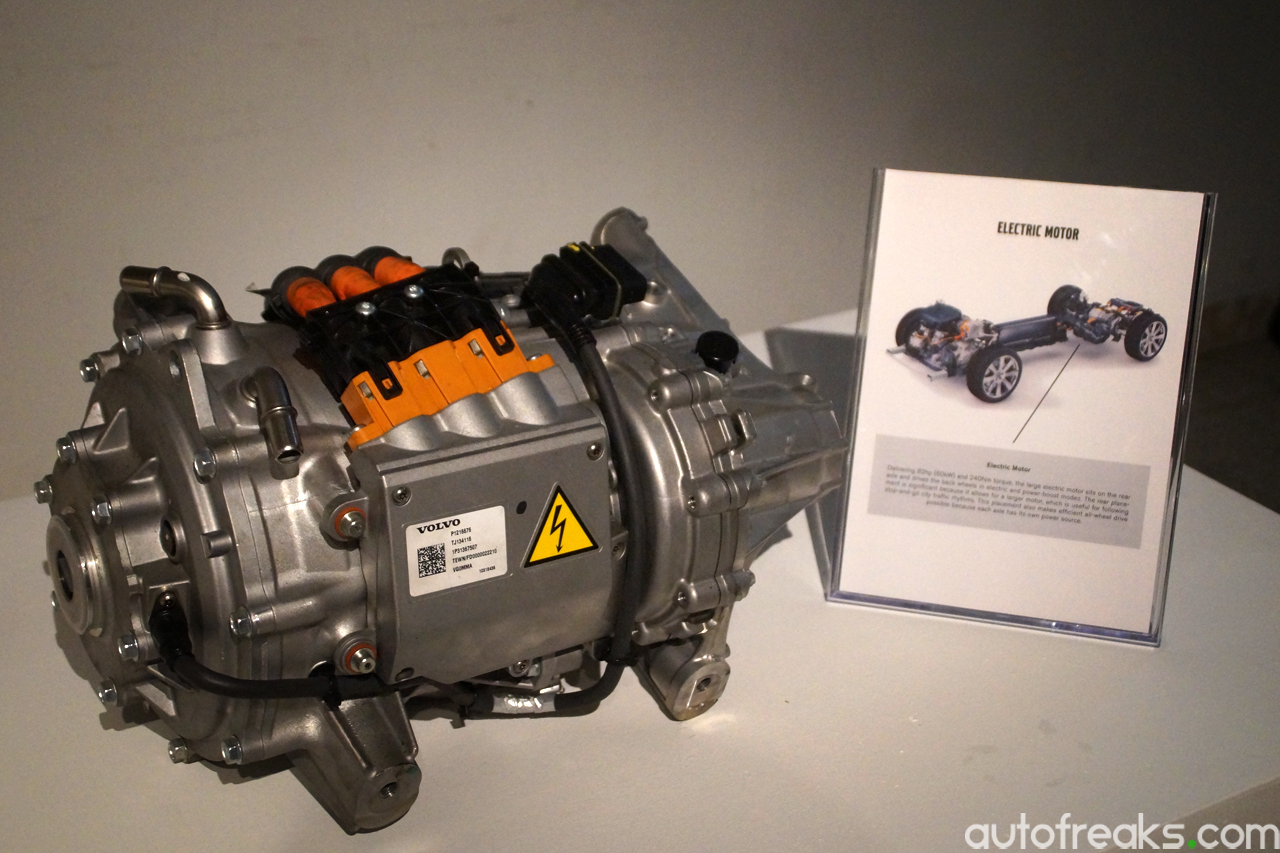
The electric powertrain in the XC90 T8 is perhaps the best example of a no compromise set up, as drivers is assured of the performance, yet at the same time, able to achieve excellent fuel economy with low carbon dioxide emissions. Battery capacity is 9.7 kWh and delivers an electric driving range of 40 km, making it an ideal city vehicle.
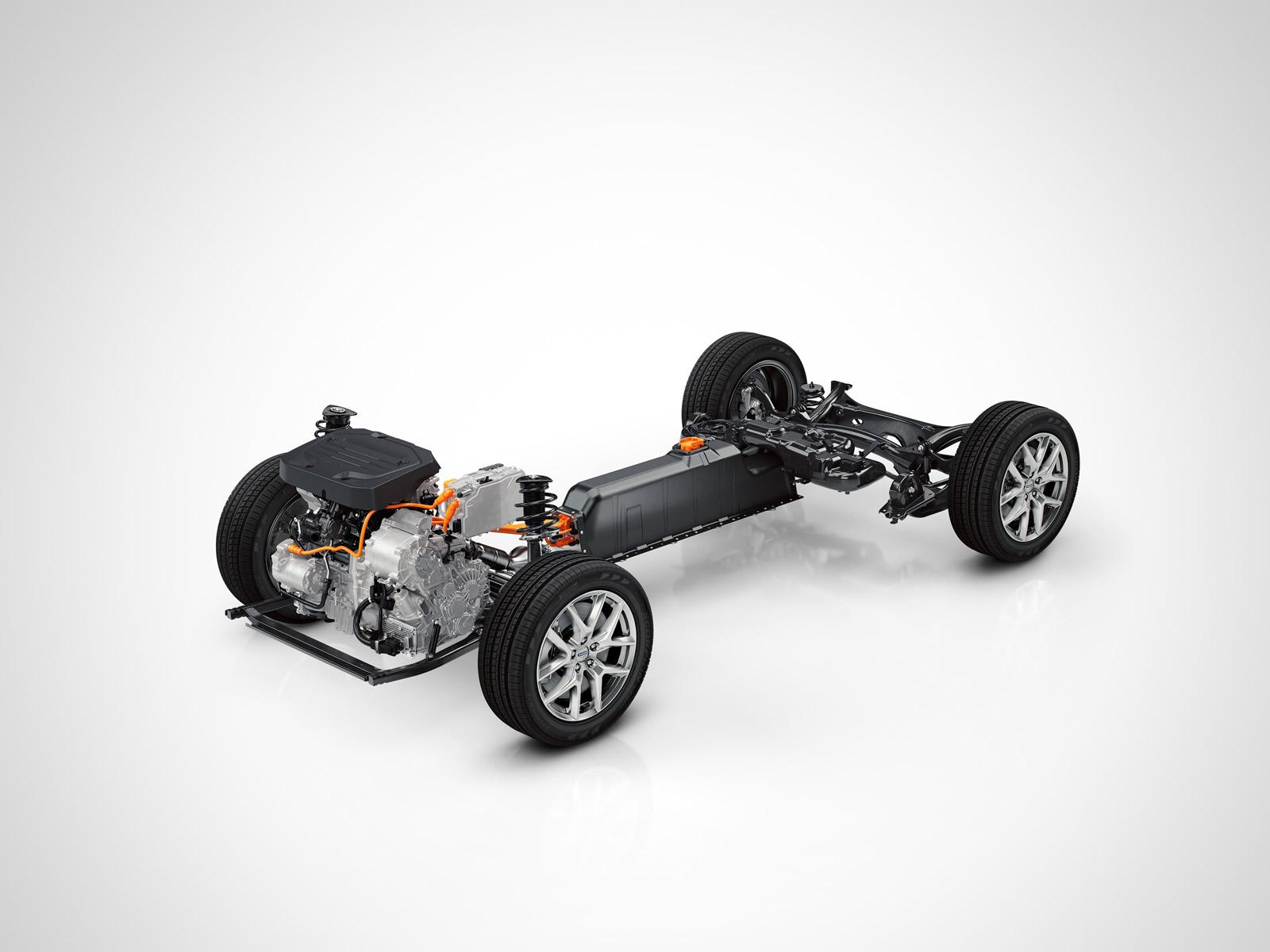
What the driver can’t see is the 110 computers that’s hard at work throughout the entire XC90, which is in charged of the IEM, Transmission Control Module, BECM, On Board Charger, IGM and ECU. Quick fact, the computes talk to each other using a combination of USB, CAN, Ethernet, LIN, MOST 150, FlexRay and WLAN.
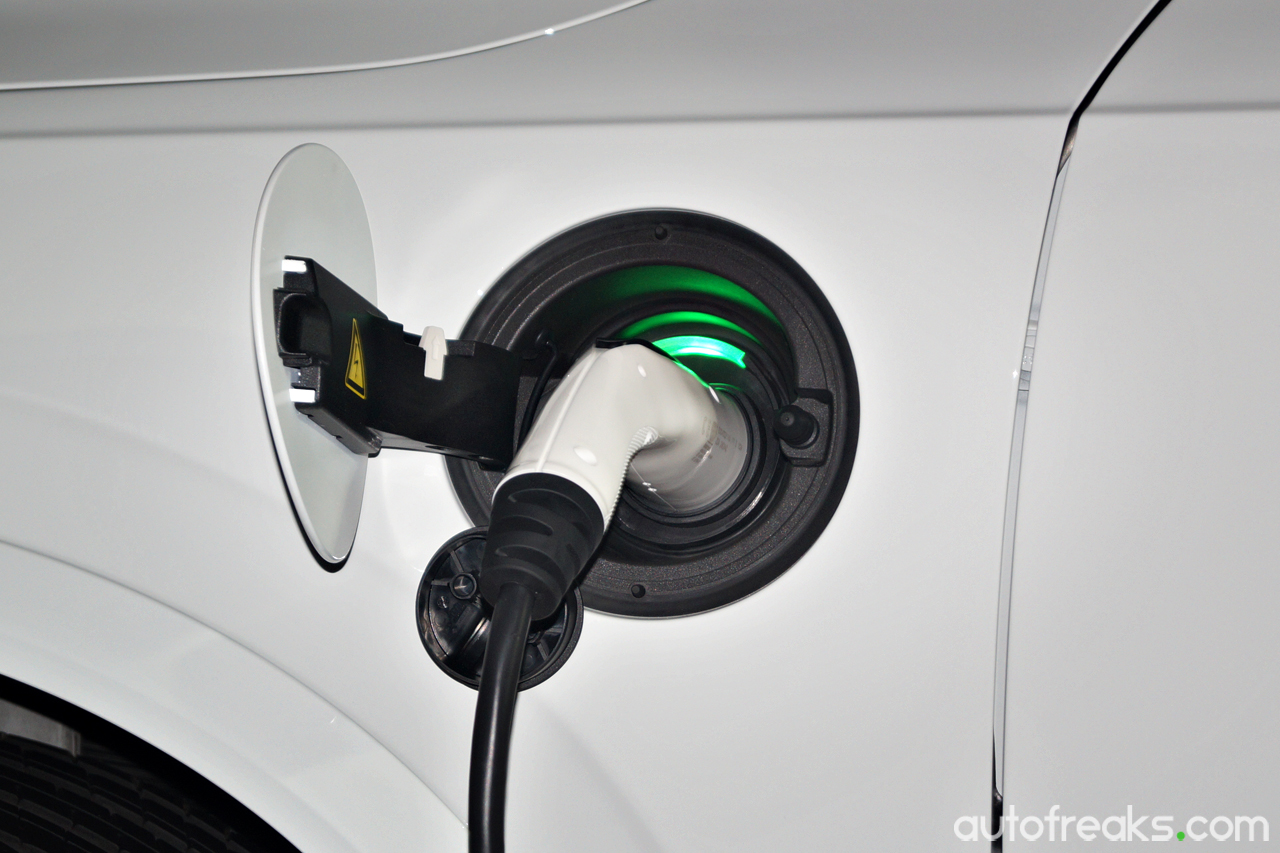
Looking into the future, Volvo will be focusing on PHEV, likely with even more PHEV models added to their lineup, with the introduction of FWD Twin Engine models. Not forgetting BEV (Battery Electric Vehicles), as Volvo says that they will be more affordable and far more competitive from 2020. Similar to PHEV models, one can expect BEV models from Volvo to offer superior driving range with strong power levels.
Other posts by AF Newsdesk

